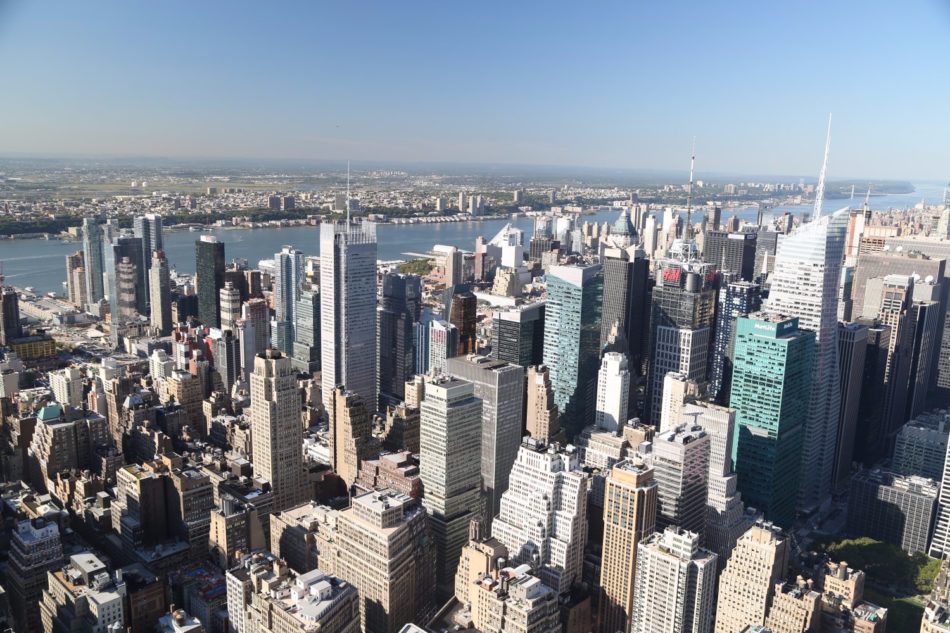U.S. to Relax Travel Restrictions
After almost 20 months of strict travel restrictions, the United States is finally reopening its borders to citizens of more than 30 countries.
The move, which was recently confirmed by the US government, was met with joy from many travelers, especially those who have family, friends, and business deals in the United States.
In fact, intrepid travelers can finally have the chance to use their ESTA to travel to the US and enjoy everything that the country has to offer.
To learn more about the new travel system, including the proposed date and new requirements, keep on reading.
What was the U.S. travel ban?
The original travel ban started when then-President Donald Trump declared a public health emergency on January 31st, 2020. This proclamation banned foreign citizens who were in China from entering the United States, and, soon enough, the ban was extended to dozens of other countries.
Under the current travel ban, foreign citizens who were previously in one of 33 countries cannot enter the United States. These include 26 member countries of the Schengen Area in Europe, as well as China, Iran, the United Kingdom, Ireland, Brazil, South Africa, and India.
The only exceptions were if the traveler was a citizen or permanent resident of the United States, had an exemption, or spent 14 days outside of these countries (which was also known as a ‘third country’).
Although President Trump rescinded his original travel bans on his last day in office, the Biden administration almost immediately reimposed them.
However, after lengthy talks with world leaders and foreign dignitaries, the United States government will soon lift its travel ban.
What’s changing?
At the moment, the United States is planning to ease restrictions on November 8, although this date is tentative and may change depending on the epidemiological situation.
Kevin Munoz, the White House Assistant Press Secretary, tweeted that, “The US’ new travel policy … requires vaccination for foreign national travelers to the United States [and] will begin on Nov 8.”
Mr. Munoz continued that the policy and date applies to both international air and land travel and that, “This policy is guided by public health, stringent, and consistent.”
The United States will accept vaccines that are approved by the WHO or the FDA. Currently, this includes the AstraZeneca, Janssen (Johnson & Johnson), Pfizer/BioNtech, Moderna, Covishield, Sinopharm, and Sinovac (CoronaVac) vaccines.
A CDC spokesperson noted that it would accept travelers who mixed-and-matched their vaccinations. Those who have any combination of the above vaccines — for example, Pfizer for the first vaccine and Moderna for the second — will still be considered fully vaccinated and allowed entry.
The future of travel
After the announcement, travelers across the world and US-based travel groups rejoiced.
Roger Dow, CEO of the U.S. Travel Association, noted that “reopening to international visitors will provide a jolt to the economy,” while Nicholas Calio of Airlines for America said that “[Airlines] are eager to begin safely reuniting the countless families, friends and colleagues who have not seen each other in nearly two years, if not longer.”
International flights to the United States have already seen an uptick in ticket sales as foreign visitors are eagerly starting to plan their trip.
Travelers are choosing a wide range of destinations this year, from historical and sunny St. Augustine to fan favorites like New York City and San Francisco.
Likewise, many are using the new policy to visit family and friends that they haven’t seen in a while, especially since the holidays are coming up around the corner.
Overall, the travel ban lift signals the end of strict border restrictions in the United States and the chance to reunite loved ones, encourage travel, and ultimately restart the tourism sector.








Leave a Reply